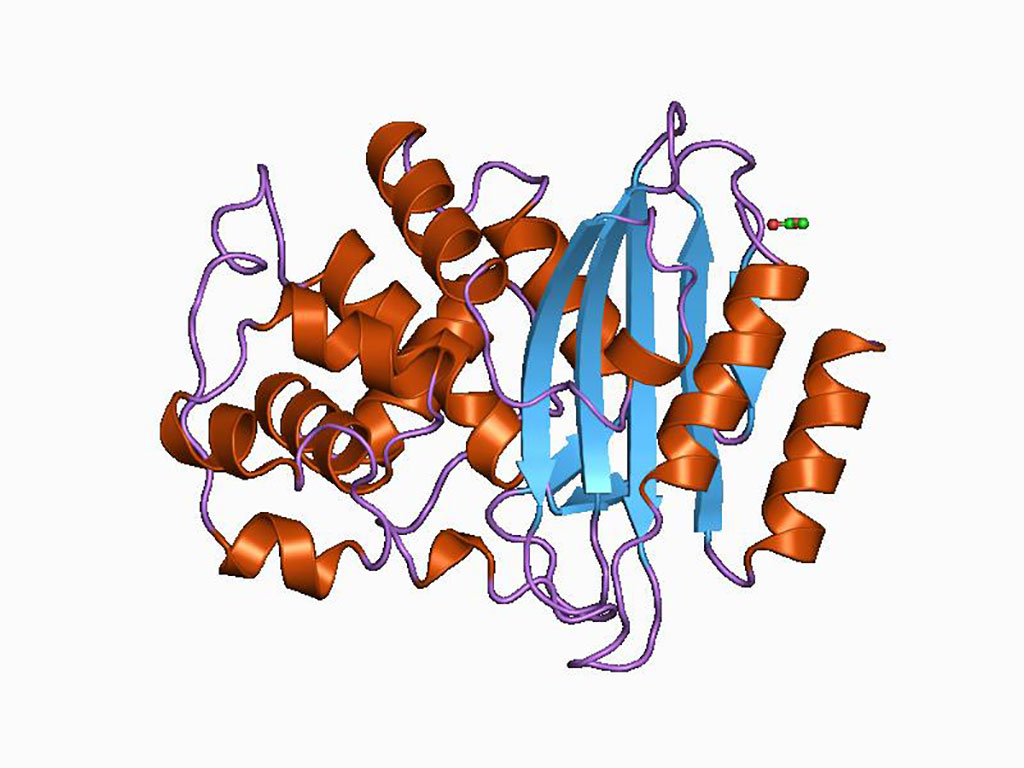Changes in Bacterial Load and Serum Cytokine Levels Predict Likelihood of Dying from Sepsis
By LabMedica International staff writers
Posted on 03 Jun 2020
A testing method for the sensitive and rapid quantification of serum cytokines and bacterial load can be used to predict the likelihood of a patient dying from sepsis or septic shock.Posted on 03 Jun 2020
Sepsis is caused by an inflammatory immune response triggered by an infection. It is a life-threatening condition that arises when the body's response to infection causes injury to its own tissues and organs. Common signs and symptoms include fever, increased heart rate, increased breathing rate, and confusion. There may also be symptoms related to a specific infection, such as a cough with pneumonia, or painful urination with a kidney infection. In the very young, old, and those with a weakened immune system, there may be no symptoms of a specific infection and the body temperature may be low or normal, rather than high.

Image: Cartoon representation of the molecular structure of blaTEM (beta-lactamase) protein (Photo courtesy of Wikimedia Commons)
To facilitate the diagnosis, monitoring, and treatment of infectious diseases such as those responsible for sepsis, investigators at the University of Chicago (IL, USA) developed a sensitive and rapid quantification method for bacterial load and serum cytokines from human biological samples.
The method uses digital proximity ligation assays (dPLA) for quantifying both nucleic acid and protein markers. Droplet digital-PCR (ddPCR) readout in the PLA protocol enabled simultaneous measurement of Gram negative (GN)- and Gram positive (GP)-specific 16S rRNA genes (which reflect the abundance of all GN and GP bacteria in the patient samples), and the blaTEM (Beta-lactamase) gene (which induces resistance to the Beta-lactam antibiotics) together with IL-6 and TNF-alpha protein levels in the same patient sample.
A major advantage of this digital amplification method is its ability to quantify very small changes in the concentration of these molecules. ddPCR has a resolution of a single-DNA molecule in samples, and the investigators were able to achieve sub-femtomolar resolution for protein targets.
To demonstrate the potential of this approach, the investigators first used it to analyze bronchoalveolar lavage fluid (BALF) samples from patients with mild-to-severe asthma, and found that patients with asthma had higher levels of GN bacteria and IL-6 than healthy control subjects. They then used the assays to longitudinally characterize plasma samples from patients with septic shock, revealing several molecular features associated with recovery or death. Analyses showed that changes over time of several biomarkers, and not their absolute concentrations, were reliable predictors of patient outcomes. Application of decision tree analysis to results obtained by this method enabled prediction of patient mortality/rate of recovery from septic shock with over 90% accuracy.
"Our findings provide a new approach to the diagnosis of sepsis with the potential to identify the causal pathogen early," said contributing author Dr. Gokhan Mutlu, professor of medicine at the University of Chicago. "This will allow us to use the appropriate antibiotics earlier before the culture results are available and minimize the use of antibiotics that are needed to treat the infection. By combining the pathogen-related and host response data, we are able to predict outcomes in patients with sepsis."
"A rapid test like this is needed in many situations and could really change the game for treatment of sepsis," said senior author Dr. Savas Tay, associate professor of molecular engineering at the University of Chicago. "This is a disease that can kill everybody, regardless of your situation."
The rapid test for digital quantification of cytokines and bacteria was described in the May 25, 2020, online edition of the journal Nature Communications.
Related Links:
University of Chicago













